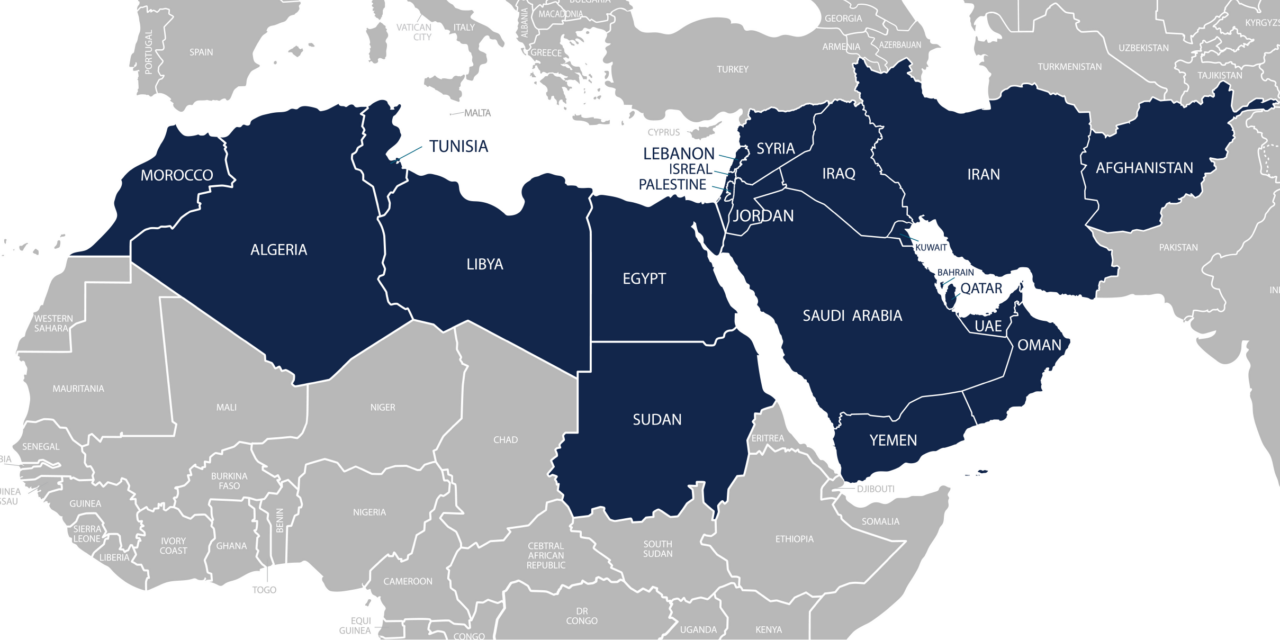The use of the term “Southwest Asia” instead of “Middle East” reflects an effort to move away from Eurocentric terminology and provide a more geographically accurate and neutral description of the region. Here are some reasons why some people prefer the term “Southwest Asia”:
- Geographical Accuracy: “Southwest Asia” is considered a more accurate and descriptive term because it directly indicates the location of the region in relation to the rest of Asia. “Middle East” is a term that originated in the West and is based on a Eurocentric perspective, as it positions the region as the “middle” of what, from a European standpoint, is the East.
- Avoiding Stereotypes: The term “Middle East” has been associated with various stereotypes and preconceived notions, often shaped by historical and cultural biases. Using “Southwest Asia” aims to reduce these stereotypes and promote a more objective understanding of the region.
- Political Sensitivity: The term “Middle East” is seen by some as politically charged and rooted in colonial history. By using “Southwest Asia,” there is an attempt to move away from these historical connotations and adopt a more neutral and inclusive language.
- Cultural Inclusivity: The term “Southwest Asia” is considered by some as a more inclusive descriptor that encompasses the diverse cultures and countries in the region. It avoids the implication of a homogeneous “Middle Eastern” identity and recognizes the distinctiveness of the various nations within the geographical area.
- Global Perspective: The use of “Southwest Asia” aligns with a broader trend in academia and international relations to adopt more regionally accurate and globally unbiased terminology.
It’s important to note that the choice between “Middle East” and “Southwest Asia” can be subjective and may vary depending on individual preferences, cultural context, and political considerations. Both terms are used, and the preference for one over the other may change over time based on evolving perspectives and societal norms.


